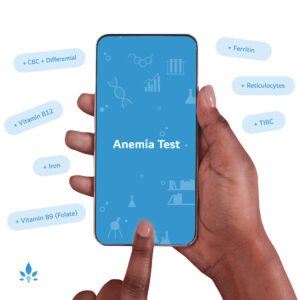When can Your Child eat Sushi and raw Fish?


Sushi is considered a healthy eating option and its popularity is growing in the US. Many parents wonder if it is safe for their young child to eat sushi and when they can safely introduce it in the diet.
According to the American Academy of Pediatrics (AAP), there is no need to delay the introduction of fish or shellfish beyond 4-6 months of age in healthy, low food allergy risk children. Specifics about whether the fish is cooked or raw are not made, and the assumption is that this stance reflects cooked fish and shellfish.
The Food and Drug Administration (FDA) specifies that no raw fish or shellfish should be given to high-risk groups, highlighting very young children as one such group.
At what age is a child no longer considered at high-risk?
A child’s immune system development is slow and steady during the first 2-3 years of life, and by age 4-6 years old, adult levels of immunity are seen. Your child’s immune system continues to develop throughout puberty. Given this information, waiting until 5-6 years of age to introduce raw fish and uncooked sushi is the best way. This will ensure your child is defended against potentially harmful substances.
Bacterial contamination is a threat to any temperature sensitive food and cannot be seen, smelled or tasted. Food poisoning symptoms are similar to the stomach flu, so they may be hard to detect. Asking questions about the quality of food and how it is prepared is good. However, taking care to eat at reputable restaurants that you trust can help prevent adverse reactions to contaminated sushi. US restaurants are required to use sushi that has been properly frozen and/or cooked to eliminate parasitic contamination.
Food allergies
The Food Allergy and Anaphylaxis Network states that about 7 million people in the US have a reported seafood allergy. In addition to seafood allergy risk, Asian cuisine can often contain other allergens such as peanut, egg, tree nut, and soy ingredients.
Raw or cooked sushi is typically assembled into a firm, round food. Sashimi is a raw piece of fish set atop a small amount of rice; it has a slippery texture. Both sushi and sashimi may present a choking hazard, especially for young toddlers. A child to eat sushi may also have a sticky texture that may be foreign to the child. Cutting cooked sushi into small pieces before serving it to your toddler can minimize the risk of choking.
When it comes to raw sushi or sashimi, it may be best to leave it out of your child’s diet as they are young and building a strong immune system. However, there is no reason why your toddler can’t safely enjoy cooked or vegetarian Asian cuisine, with special attention paid to its ingredients.
If you enjoy sushi and other Asian cuisines and want to pass this along to your child, think about alternatives to raw fish such as:
Vegetable rolls
Those containing only cooked fish and/or shellfish
- Rice bowls
- Tempura
- Soups
- Salads
- Stir-fry
- Teriyaki
The truth is that while food safety, allergies, and choking hazards should always be considered. There really is no consensus on an exact age that is appropriate to give a young child raw fish. By 5-6 years old, a healthy child’s immune system should be strong enough to graduate to raw sushi with the rest of the family.
No magical age, grade level, or number of exposures to sushi will prevent the occurrence of an illness from contaminated food. Good judgment and necessary precautions should always be in place.
Sources:
- U.S
- Food & Drug Administration
- Fresh and Frozen Seafood: Selecting and Serving it Safely.
KidsSafe Seafood.
Food Allergy and Anaphylactic Network.
Powered by Bundoo®













































